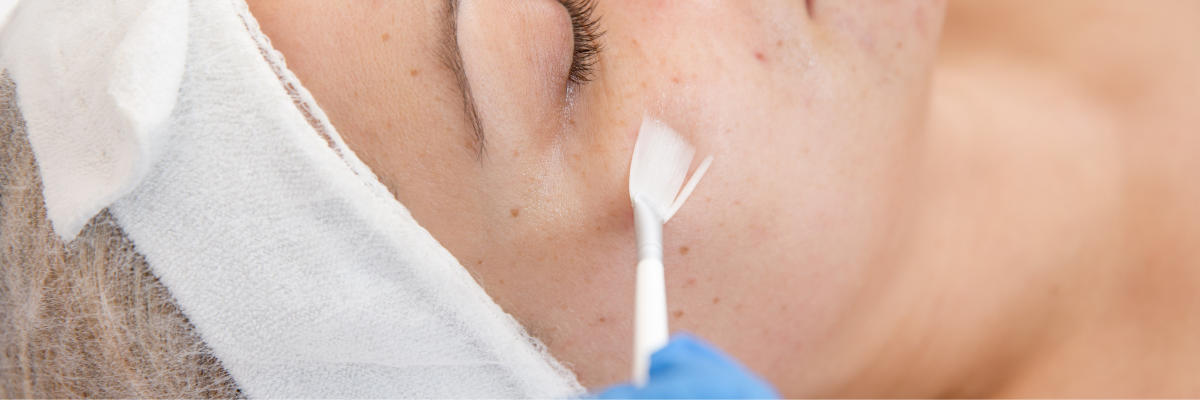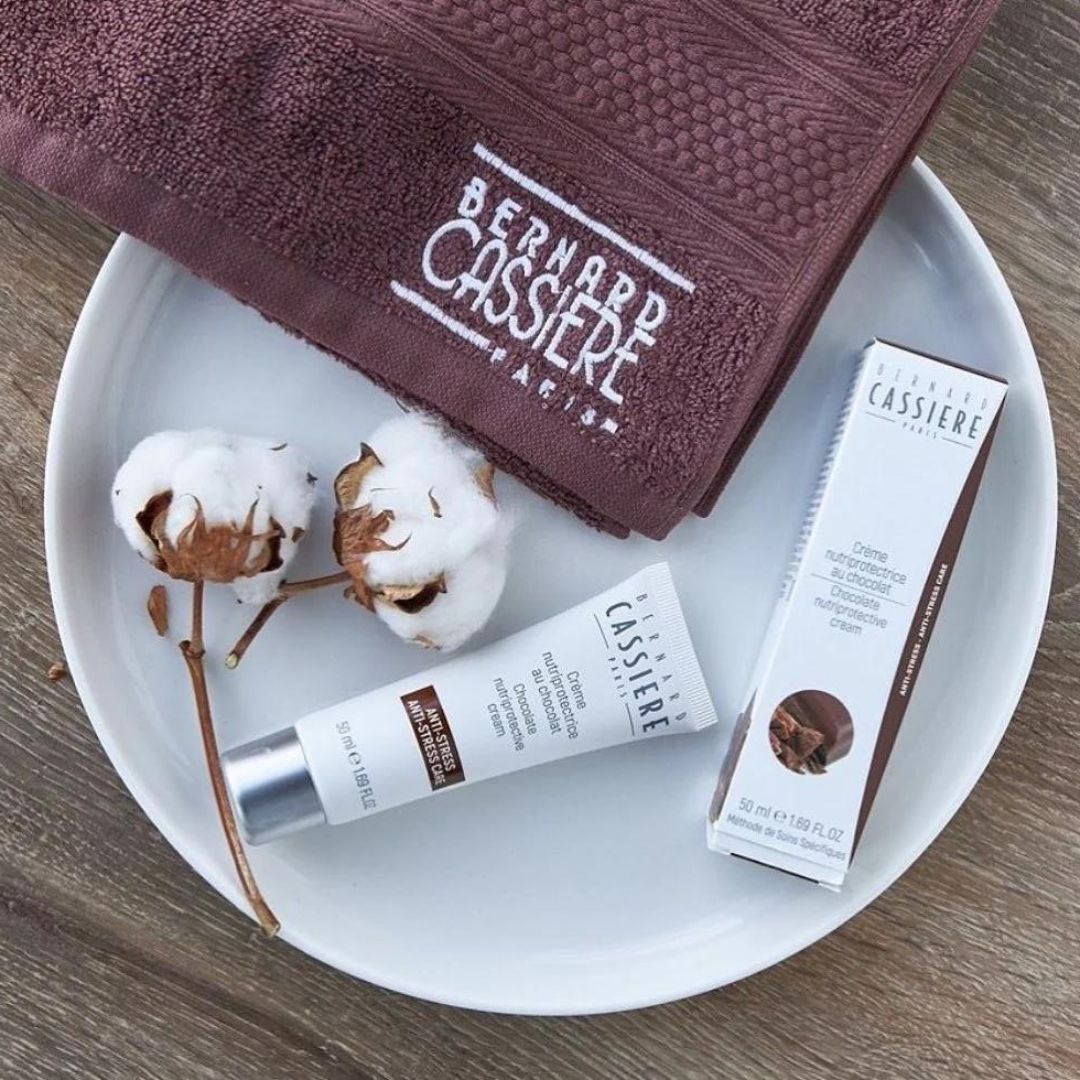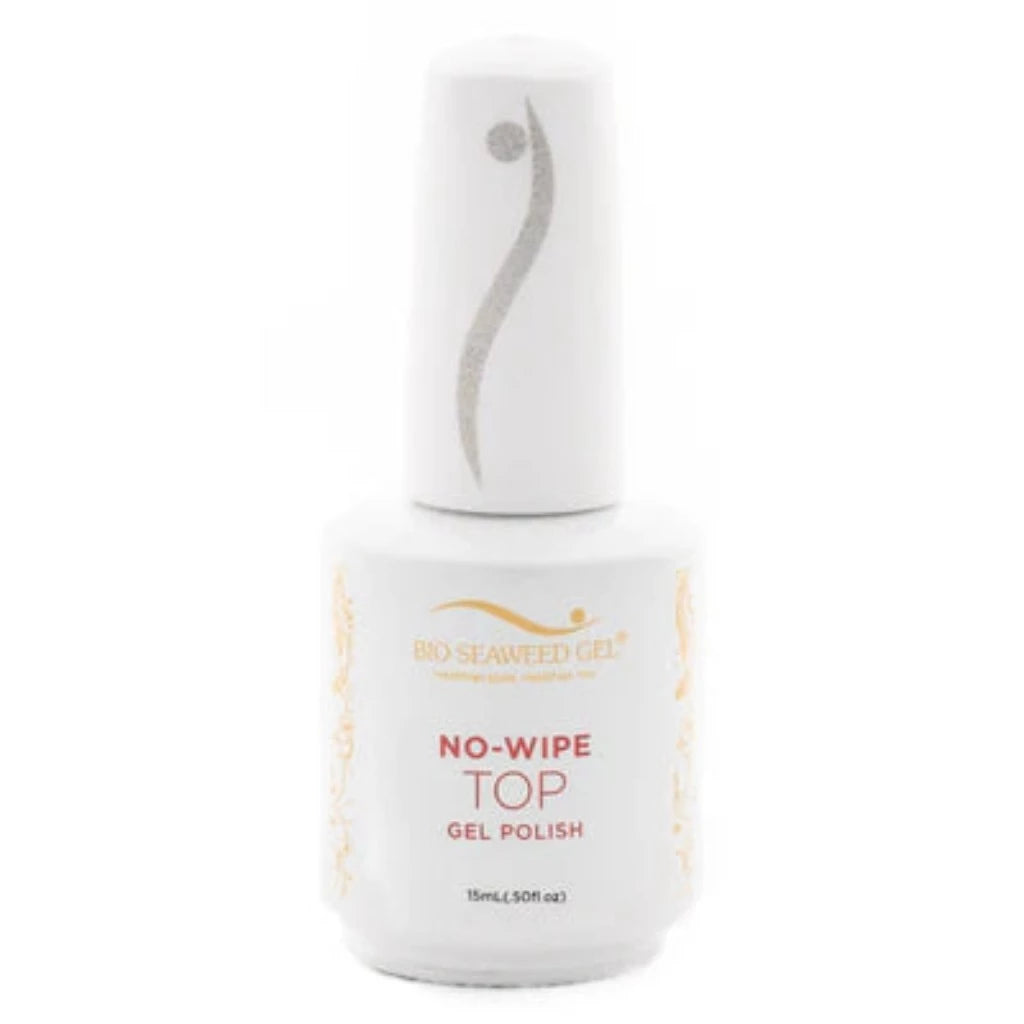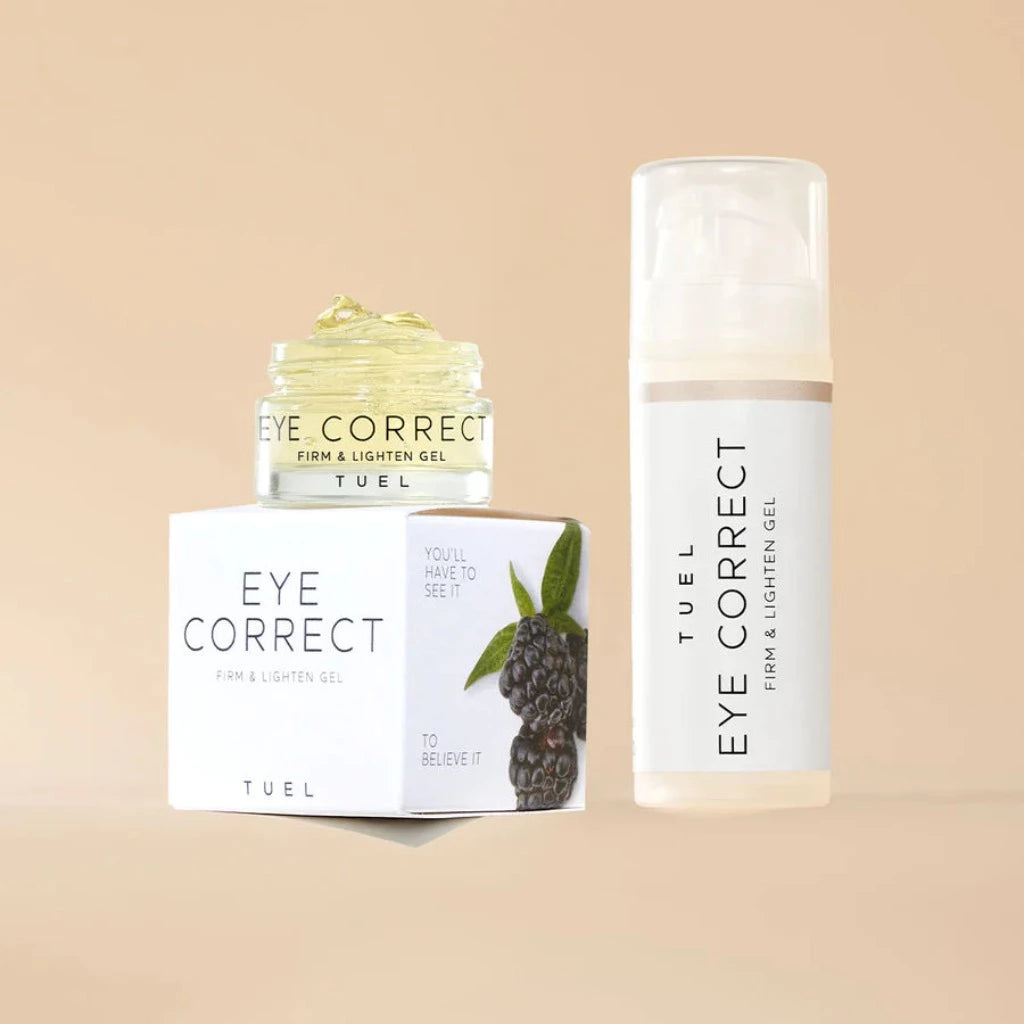
As the temperatures start to drop and the sun's intensity wanes, it's time to gear up for one of the most effective skincare treatments in your arsenal: chemical peels. "Peel season," typically during the fall and winter months, is the perfect time to offer these transformative treatments. Here’s how you can prepare your clients and your practice for a successful peel season.
Educate Your Clients
Before diving into peel treatments, it’s essential to educate your clients about the benefits and process. Many clients might be unfamiliar with peels or have misconceptions about them. Highlight how chemical peels can:
- Exfoliate dead skin cells for a smoother complexion.
- Improve skin texture and tone by reducing pigmentation and scarring.
- Boost collagen production for firmer, more youthful skin.
Consider hosting a workshop or a live Q&A session on social media to answer questions and dispel myths. Knowledgeable clients are more likely to commit to a series of treatments and follow pre- and post-care instructions.
Assess Skin Type and Conditions
Not all peels are created equal, and not every peel is suitable for every client. Start with a thorough skin analysis to determine the best type of peel for your client’s skin type and concerns. Personalizing the peel treatment ensures optimal results and minimizes the risk of adverse reactions.
- Superficial Peels:Gentlest, ideal for beginners or mild skin issues, low-downtime. (every 2-5 weeks depending on goals)
- Medium Peels: Tried superfical peels and needs stronger. Better suited for clients with more pronounced pigmentation or deeper wrinkels and/or thicker skin. (every 4-6 months, depending on skin's recovery and tolerance)
- Deep Peels: Reserved for more severe conditions like deep wrinkles, scars or significant sun damage. Significant downtime and recovery. (once every two to three years. Too frequent could increase the risk of complications, scarring, pigmentation issues, causing long-term damage to the skin).
Pre-Peel Preparation
Preparation is key to a successful peel. Instruct your clients on how to prepare their skin in the weeks leading up to their treatment:
- Hydration: Encourage them to drink plenty of water and use a hydrating serum or moisturizer.
- Avoid Sun Exposure: Advise clients to use a broad-spectrum SPF and avoid tanning beds.
- Stop Certain Products: Recommend they stop using retinoids, exfoliants, and any other potentially irritating products at least a week before the peel.
- Pre Peel: A pre-peeling kit for homecare typically includes products that help to gently exfoliate and prime the skin. This preparation allows the skin to become accustomed to active ingredients, reducing the risk of irritation or adverse reactions during the professional peel. By acclimating the skin to mild exfoliation, the professional peel can penetrate more evenly and effectively, leading to better results.
Set Realistic Expectations
While chemical peels can yield dramatic improvements, it’s important to set realistic expectations. Be clear about the downtime, potential peeling, and the gradual nature of the results. Multiple sessions might be necessary to achieve the desired outcome. Providing clients with a clear post-peel recovery plan will help manage expectations and ensure they’re prepared for the healing process.
Post Peel Care
Aftercare is just as important as the peel itself. Offer your clients a detailed post-peel care guide, including:
- Gentle Cleansing: Use a mild, non-abrasive cleanser.
- Moisturizing: Recommend a hydrating cream to soothe and repair the skin.
- Sun Protection: Reinforce the importance of daily SPF to protect the new, delicate skin.
- Avoid Picking or Scrubbing: Advise clients to let the skin naturally peel off to avoid scarring or irritation.
Offer Package Deals
To encourage commitment, consider offering peel packages. Clients are more likely to see significant results with a series of treatments, so bundle packages with a discount or include complementary services like a post-peel facial or LED light therapy session.
Stay Updated on Peel Technologies
The world of chemical peels is constantly evolving, with new formulations and techniques emerging regularly. Ensure that you stay updated on the latest trends and technologies by attending workshops, webinars, and continuing education courses. Being knowledgeable about the latest advancements will allow you to offer the best services to your clients.
Going Forward
Peel season is an exciting time for both beauty professionals and clients. With the right preparation, education, and aftercare, you can help your clients achieve radiant, rejuvenated skin while solidifying your reputation as a trusted skincare expert. Start preparing now, and let this peel season be your most successful yet!
Shop Exfoliation & Peel Products




